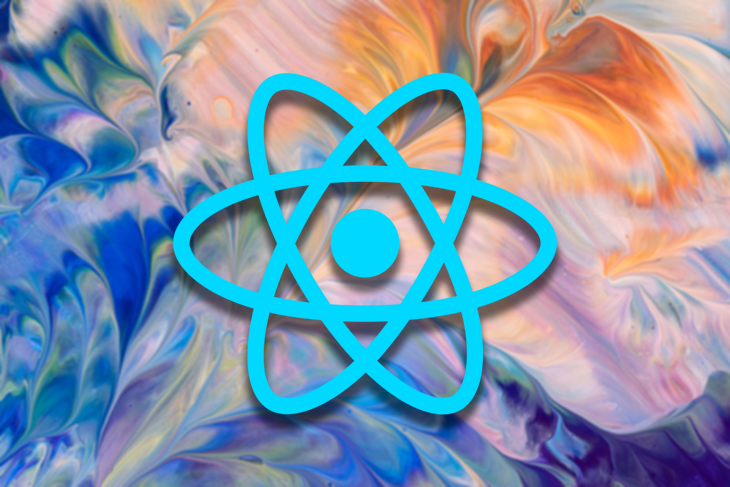Amazon SageMaker Studio is a web-based, integrated development environment (IDE) for machine learning (ML) that allows users to build, train, debug, deploy, and monitor ML models. SageMaker Studio provides all the necessary tools to take models from data preparation to production, enhancing productivity. On the other hand, Amazon SageMaker Canvas is a powerful no-code ML tool designed for business and data teams to generate accurate predictions without having to write code or possess extensive ML experience. With its intuitive visual interface, SageMaker Canvas simplifies the process of dataset loading, cleansing, transformation, and model building, making ML accessible to a wider audience.
For users who are non-ML experts such as business analysts, data engineers, or developers interested in low-code no-code (LCNC) tools, SageMaker Canvas is the preferred environment. These users often rely on ML experts within their organization to review and approve their work. On the other hand, ML experts who are interested in accelerating parts of the ML lifecycle using LCNC tools, but also prefer a high-code approach for certain tasks, typically use SageMaker Studio. They often review and approve the work of non-ML experts for production use cases.
To facilitate collaboration between non-ML and ML experts across different environments, the seamless integration between SageMaker Canvas and SageMaker Studio is crucial. This integration allows users to easily transition between a no-code environment (SageMaker Canvas) and a high-code environment (SageMaker Studio) based on their evolving ML needs and requirements.
To transition between no-code and code-first ML with SageMaker Canvas and SageMaker Studio, two options have been outlined. Users can choose the option that best suits their needs, and in some cases, they may use both options simultaneously. Option 1 involves using the SageMaker Model Registry, where a SageMaker Canvas user registers their model, triggering a governance workflow for ML experts to review, approve, and deploy the model. Option 2 entails exporting the full notebook from SageMaker Canvas to Amazon S3, allowing ML experts to import and customize the model code within SageMaker Studio.
The collaboration process involves sharing the model, reviewing it, approving it, and finally deploying it. Users can seamlessly share models between SageMaker Canvas and SageMaker Studio using the Model Registry or notebook export options. After reviewing the model’s details and performance metrics, the model can be approved or rejected based on its quality and suitability for the intended use case. Once approved, the model can be deployed from either SageMaker Studio or SageMaker Canvas, depending on the preference of the user.
Overall, the seamless integration between SageMaker Canvas and SageMaker Studio provides users with the flexibility to collaborate, share, review, and deploy ML models efficiently, catering to the needs of both non-ML and ML experts in their respective environments.
Source link























